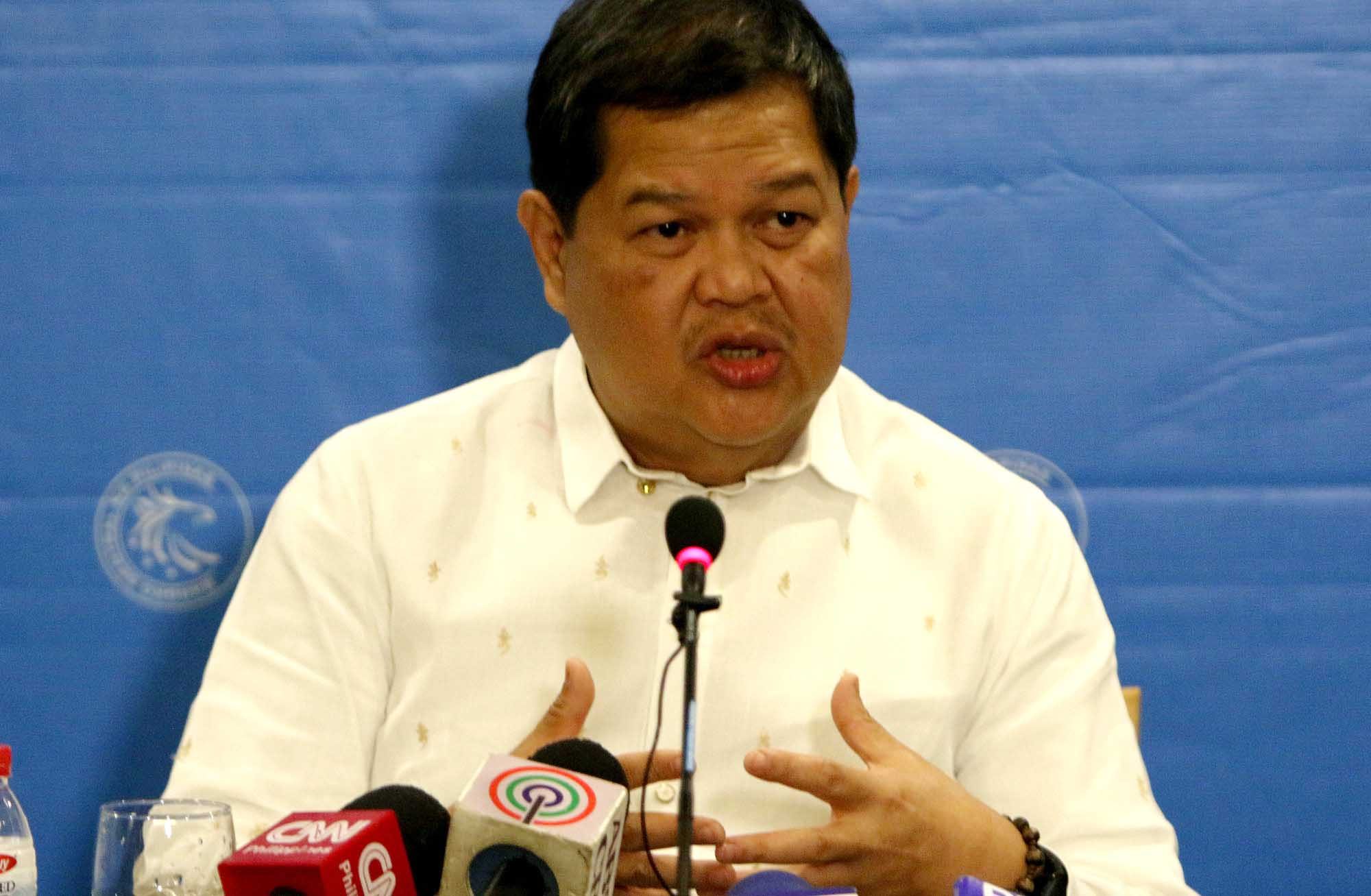SUMMARY
This is AI generated summarization, which may have errors. For context, always refer to the full article.

MANILA, Philippines – Incoming Bangko Sentral ng Pilipinas (BSP) governor Nestor Espenilla Jr made it clear that he will continue the policies that are already in place, while putting into play reforms that will enable digital finance and expand the local debt market.
“The BSP is a team. Our captain is leaving so I’m changing roles within that team, but the essential team is intact,” Espenilla said on Tuesday, May 9, in his first press briefing since being named as the successor to his mentor, outgoing BSP governor Amando Tetangco Jr.
Espenilla, who currently serves as BSP deputy governor for banking supervision and regulation, will take over the reins of the central bank in July after Tetangco retires. (READ: Who is new BSP governor Nestor Espenilla?)
“I will be leveraging off the fact that the BSP has been developed over the years to be a professional, capable workforce. It’s not like I will have to reinvent anything, and that’s one factor that will help me sleep better at night,” he added.
The incoming governor noted that the BSP has already shifted to an interest rate corridor (IRC) system, and also has a system in place when it comes to setting monetary policy and inflation targets which is reviewed periodically.
“It’s an established process that’s data-driven; we look at how things have evolved in the interim and connect that to our inflation targets. Don’t expect a significant departure from that process of constantly reviewing the environment,” he said.
“What could improve is our ability to capture information and process that data into actionable policy, but directionally there is continuity.” (READ: Philippine bankers cheer Espenilla’s appointment)
Espenilla added that the central bank is in serious talks with the Securities and Exchange Commission (SEC) and the Bureau of the Treasury (BTr) for reforms that would expand the domestic market.
“The purpose of this is to collectively bring about major reforms in our capital markets, particularly the debt market. The point is to create an expanded debt market that can support the growing needs of the economy, especially as we raise our ambitions to deploy infrastructure,” he explained.
Digitization of finance
Espenilla, who is also known as an advocate for financial inclusion, mapped out how he will try new methods to drive this further during his 6-year term.
“One number that I particularly care about is the digitization of finance in the Philippines. Based on surveys, the retail transactions in the country are only 1% electronic. The rest is cash and paper-based checks. We want to move that dial to at least 20% by 2020,” he said.
Some of the tools in place to move this process along include the recently launched National Retail Payment System (NRPS) and the Check Image Clearing System (CICS), which are both being refined at the moment.
Espenilla also pointed out that new non-bank players coming into the industry, firms engaged in digital payments, and credit ratings will play a larger role in this compared to the expansion of the traditional banking sector.
“These kinds of things have to be considered because the challenge of financial inclusion and our geography is formidable, and there are also religious and economic divides in addition to fragmented geography, so we need an innovative approach,” he said. – Rappler.com
Add a comment
How does this make you feel?
There are no comments yet. Add your comment to start the conversation.